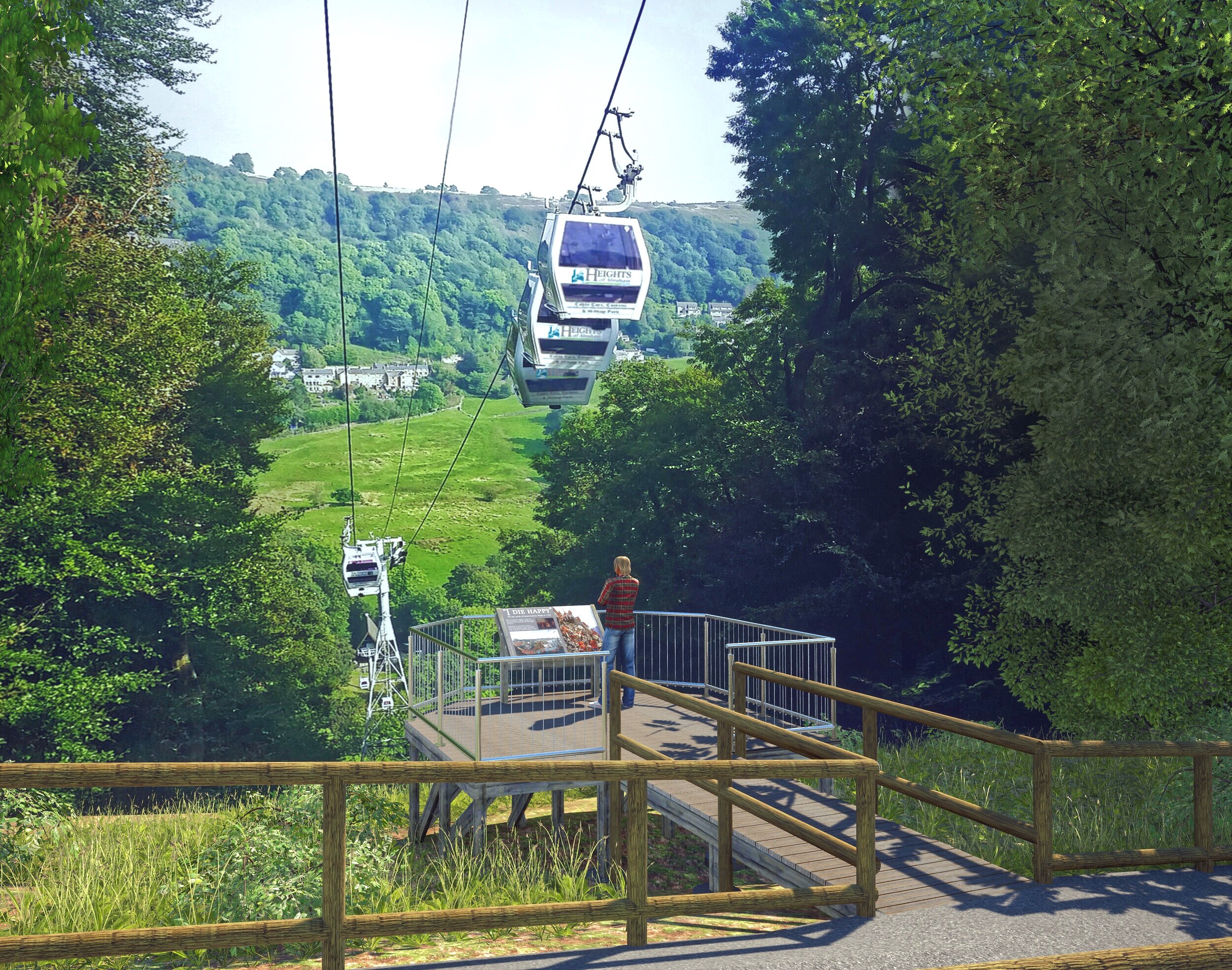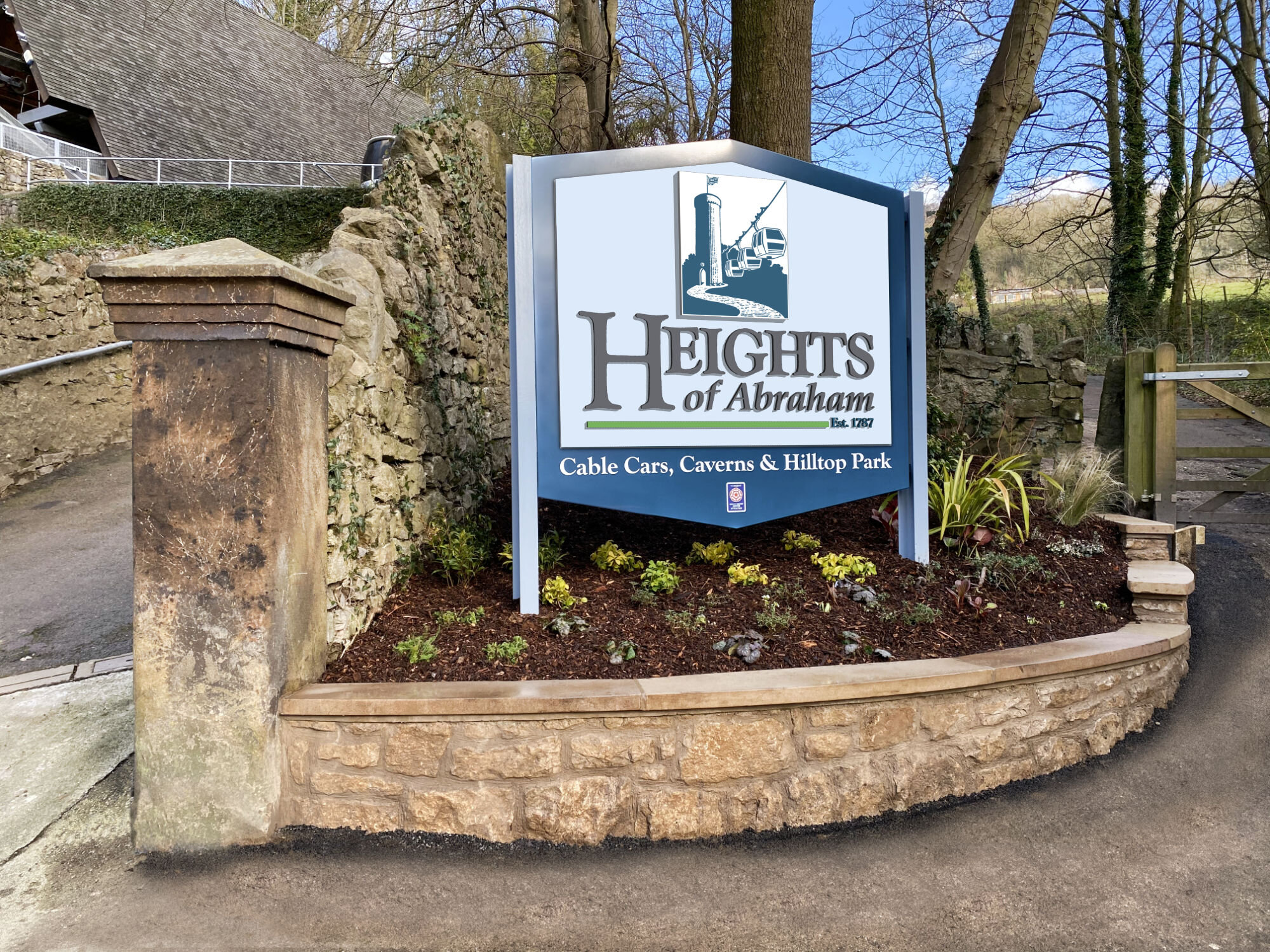The Heights- a vision for the future
The Heights of Abraham is Derbyshire’s oldest visitor attraction. It first opened its gates to paying visitors as a Pleasure Garden in 1787. Positioned high above the Derwent Valley, the estate overlooks the spa village of Matlock Bath and lies within the buffer zone of the Derwent Valley Mills World Heritage Site.
The Heights is a privately run heritage venue and entirely reliant on ticket sales, retail and catering income. Ensuring the estate is maintained as an attractive, high-quality destination that meets the expectations of modern visitors is therefore vital to long term sustainability.
In 1984 the estate became famous for having the first alpine-style cable car in Britain which enabled thousands of visitors to have easy access to the hilltop estate. However, this success overshadowed the estate's long history as a Georgian pleasure garden with two spectacular show caverns.
To address the changes in visitor demographics and to bring the focus back to the estate’s history, Monumental undertook a heritage asset survey to identify key aspects of the estate and to place them in a wider historic context. This was the first stage in creating a coordinated plan for the future, the Heights Vision.
How the Heights got its name- General Wolfe’s story and new viewing platform
During 2018/9 Steve Keeling directed the process to take these ideas forward. Research was undertaken, documentation produced, and a series of presentations were made to highlight opportunities, themes and best practice. The result provided decision makers with reference material, a master plan and strategy to identify how the estate’s heritage could be used for thematic interpretation and engagement with a modern audience.
Monumental worked closely with the directors and management team to create a new brand image, way-finding signs, plus new and upgraded venues. The Heights Vision focuses on the heritage aspects of the estate, helping to direct future development and marketing. The aim is to enhance the story of this unique attraction and engage the visitor in the history of the estate and the role it has played in Derbyshire tourism.
First phase work was completed in early February 2020 in preparation for half term opening.
The new brand image in use on the entrance sign
New information and way-finding signs are displayed throughout the estate
The Victora Prospect Tower- new viewing walkway and interpretation panels




